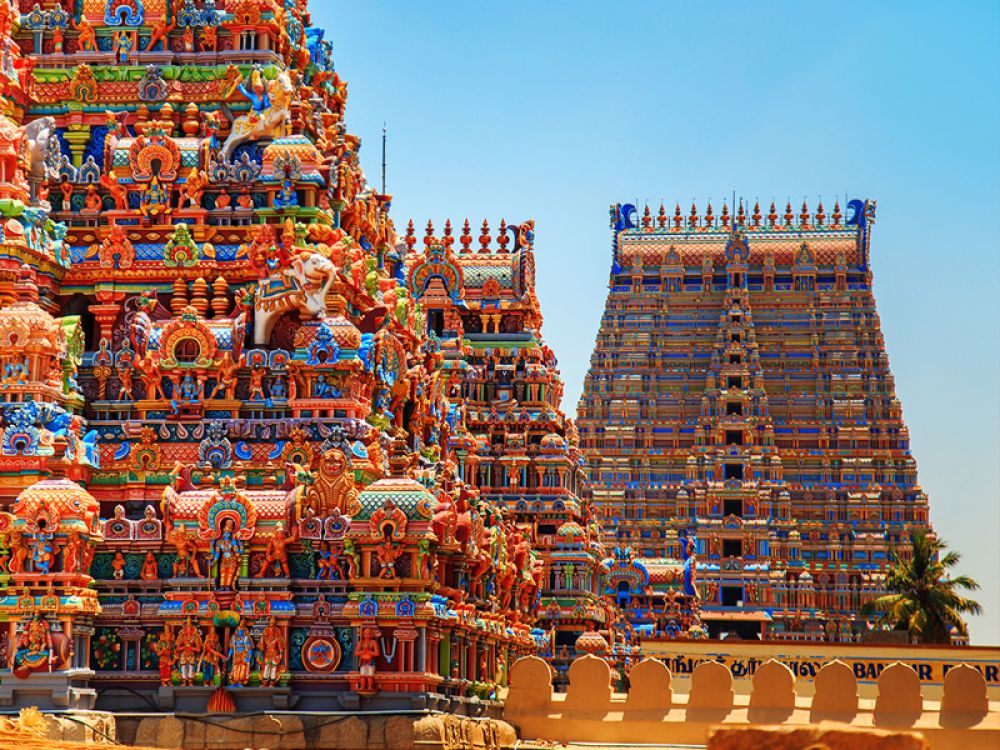

The Sri Ranganathaswamy Temple in Tiruchirappalli, commonly known as Trichy, Tamil Nadu, is one of the most revered shrines in South India, attracting devotees and tourists alike. The history of tourism at this grand temple is closely intertwined with its religious significance and architectural splendor.
The temple, dedicated to Lord Vishnu, has a history that spans over a millennium, with inscriptions dating back to the 10th century. It was during the reign of the medieval Cholas that the temple received major architectural contributions. Successive dynasties, including the Pandya, the Vijayanagar Empire, the Nayakas, and even the Marathas, have made their mark on the temple's expansive complex.
The temple occupies an area of 156 acres with seven prakaras or enclosures, making it one of the largest temple complexes in the world. Its tower, the Rajagopuram, stands at an impressive 236 feet, and is the second tallest temple tower in Asia.
Pilgrims have been visiting the Sri Ranganathaswamy Temple for centuries, drawn by its religious importance as one of the 108 Divya Desams dedicated to Vishnu. However, the temple is not only a destination for spiritual journeys but also for those interested in history, architecture, and culture, becoming a significant part of Tamil Nadu's tourism.
The temple's annual festivities, particularly the Vaikuntha Ekadashi and the 21-day festival known as Jyeshtabisheka (also called as 'Brahmotsavam'), attract thousands of visitors. During these events, the temple and the city of Tiruchirappalli are transformed into vibrant hubs of activity, showcasing traditional rituals, crafts, and Tamil culture.
Recently, there has been a focus on sustainable and responsible tourism practices in the area. This includes measures to keep the temple and its surrounding clean and to provide better facilities for visitors without compromising the site's integrity.
The introduction of audio guides, informative signboards, and trained tour guides has improved the tourism experience significantly. Efforts to digitize and promote online accessibility to the temple's history and rituals have also connected a larger, more global audience to this majestic site.
Another rising trend is cultural tourism, where travelers are encouraged to immerse themselves in the local culture. Engaging with the city's traditions, handicrafts, and culinary delights have become an integral part of visiting the Sri Ranganathaswamy Temple.
The Tamil Nadu Tourism Department, along with the temple authorities, strives to balance visitor interest with the preservation of this ancient heritage. There is a growing emphasis on creating memorable experiences that respect the temple's religious practices while facilitating cultural education and heritage appreciation.